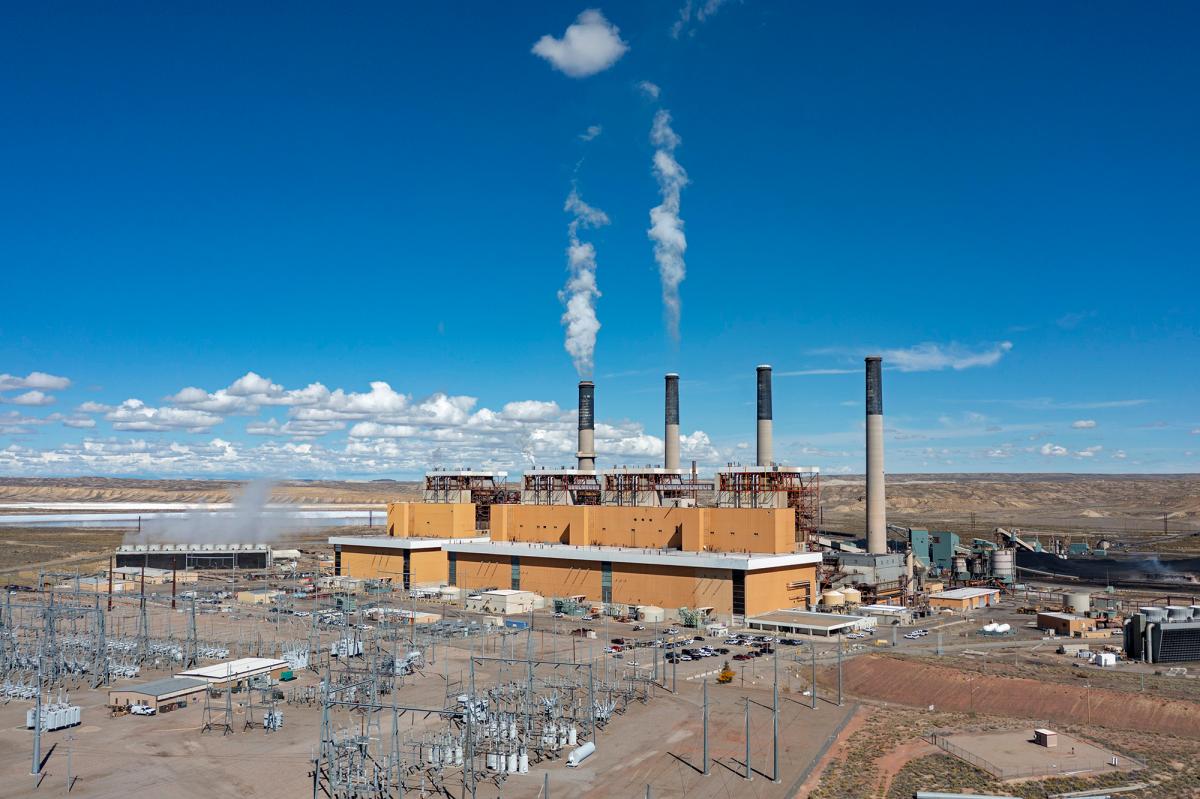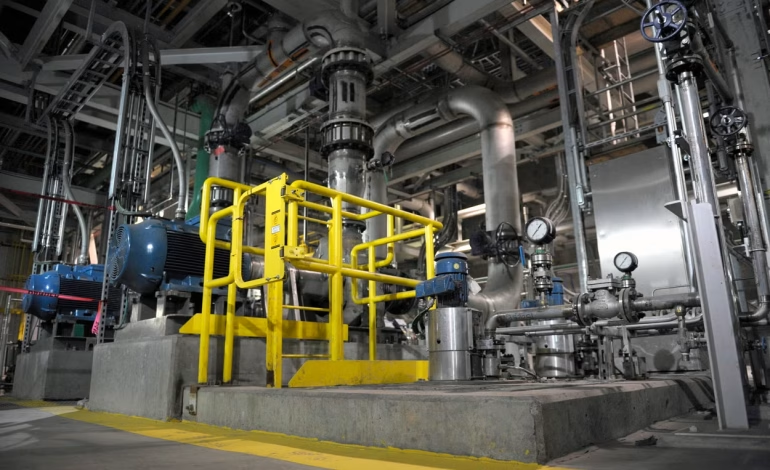A push to tighten Wyoming’s rules on eminent domain for carbon dioxide pipelines hit a wall last week, after a legislative committee voted down a draft that pitted ranchers and farm groups against oil-and-gas heavyweights. The proposal would have forced pipeline developers to do more of the hard bargaining up front — securing land-use and compensation deals for at least two-thirds of the route or with at least two-thirds of affected landowners — before they could ask a court to condemn holdouts. It also carried provisions on liability and keeping individual land agreements confidential, Gillette News Record reports.
Backers framed it as basic fairness. Brett Moline with the Farm Bureau of Wyoming called the draft a “good middle ground,” arguing that even if companies rarely pull the eminent domain lever, the mere threat tilts negotiations against private landowners. Stockgrowers executive Jim Magagna struck a similar note, saying the bill tried to balance needed projects with property rights. Their bottom line was simple: make developers negotiate in earnest and protect the minority voice without giving a single landowner veto power over a statewide project.
Industry groups slammed the idea as a solution in search of a problem. Petroleum Association of Wyoming president Peter Obermueller pointed to the near-total absence of condemnation cases in recent decades as proof the current setup works, adding that the industry’s tax haul — more than $1.9 billion last year — underscores the public benefit. He said a 66% pre-condemnation threshold was unrealistic in the real world, where landowners often band together to maximize price and leverage, making it hard for companies to hit the mark without some backstop authority. Continental Resources’ Shelley Shelby warned that singling out CO₂ lines would spook financiers and inject uncertainty into capital-intensive plans, particularly for older fields in the Big Horn Basin where carbon capture and pipeline infrastructure are intertwined with oil recovery.
The committee’s debate kept folding back to a thorny divide: carbon pipelines used for permanent geologic storage versus those tied to enhanced oil recovery. Rep. Steve Johnson of Cheyenne, joined by Sen. Laura Pearson of Kemmerer, tried to carve out a ban on using eminent domain for pipelines serving only permanent sequestration. Johnson argued that burying CO₂ purely for storage benefits a narrow slice of interests and feels like a “war on carbon,” not a statewide good. Industry pushed back hard, saying you can’t cleanly separate the two. Obermueller likened it to trying to pull yeast out of baked bread. CO₂ injected for oil recovery still ends up locked underground, he said, and stripping away the sequestration piece would rob operators of the flexibility they need when crude prices swing.
Johnson also took a run at raising the negotiation threshold from 66% to 90%, but that went nowhere. His sequestration-only ban was withdrawn after warnings about Wyoming’s single-subject rule and concerns that the amendment would morph a property-rights bill into a substantive policy ban. Before the final vote, co-chair Rep. John Winter of Thermopolis framed the draft as a measured attempt to keep big projects from steamrolling small landowners in the name of GDP. Opponents on the panel weren’t convinced. Rep. Bob Davis of Baggs said the bill just layered on “unnecessary roadblocks” for an industry already navigating dense federal oversight.
In the end, the measure fell on a 5–7 vote, with two lawmakers excused. For now, the status quo holds: companies say the existing balance is working, landowner groups insist the leverage isn’t equal, and the state’s CO₂ pipeline buildout will continue along the same legal rails it’s been riding.










The latest news in your social feeds
Subscribe to our social media platforms to stay tuned